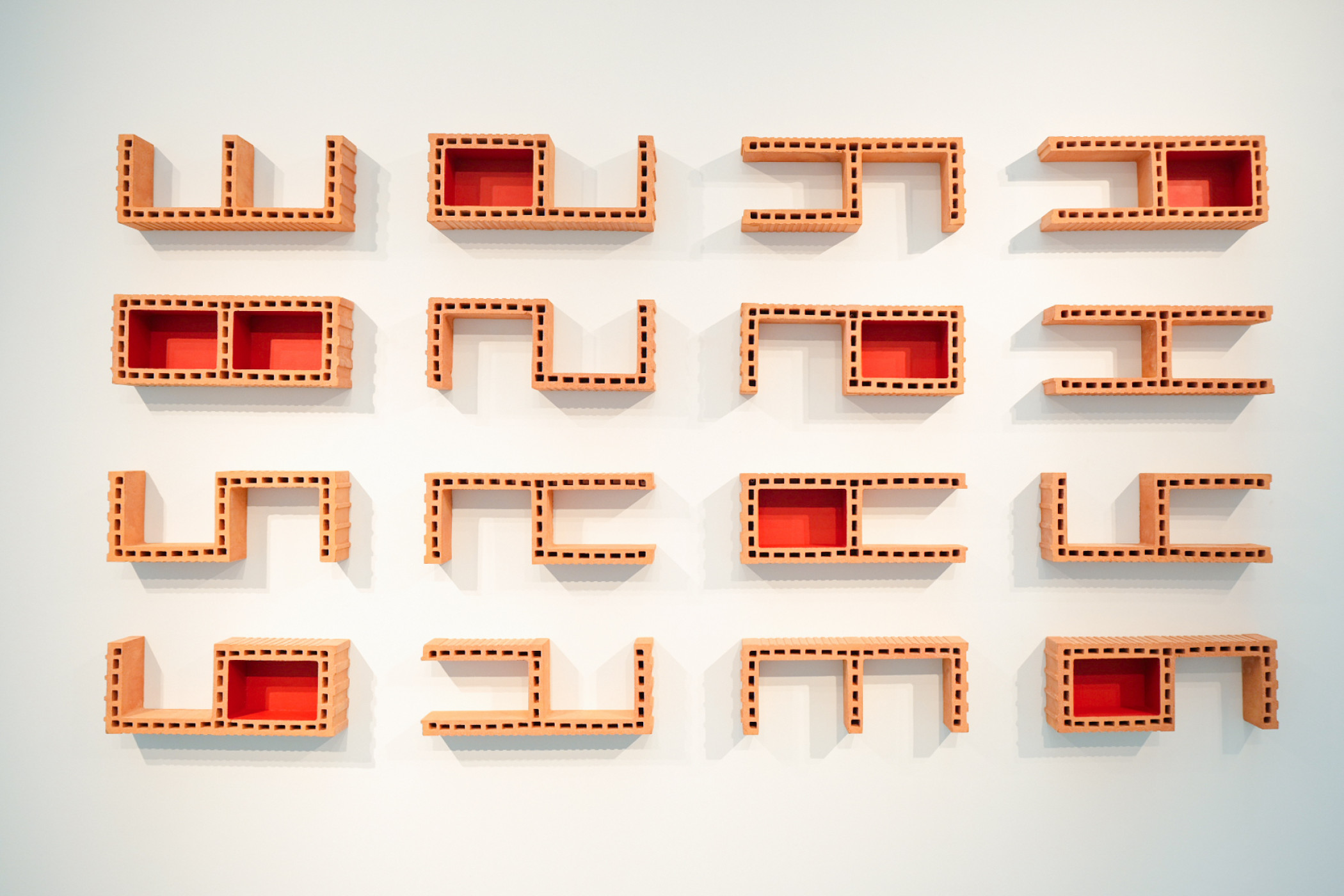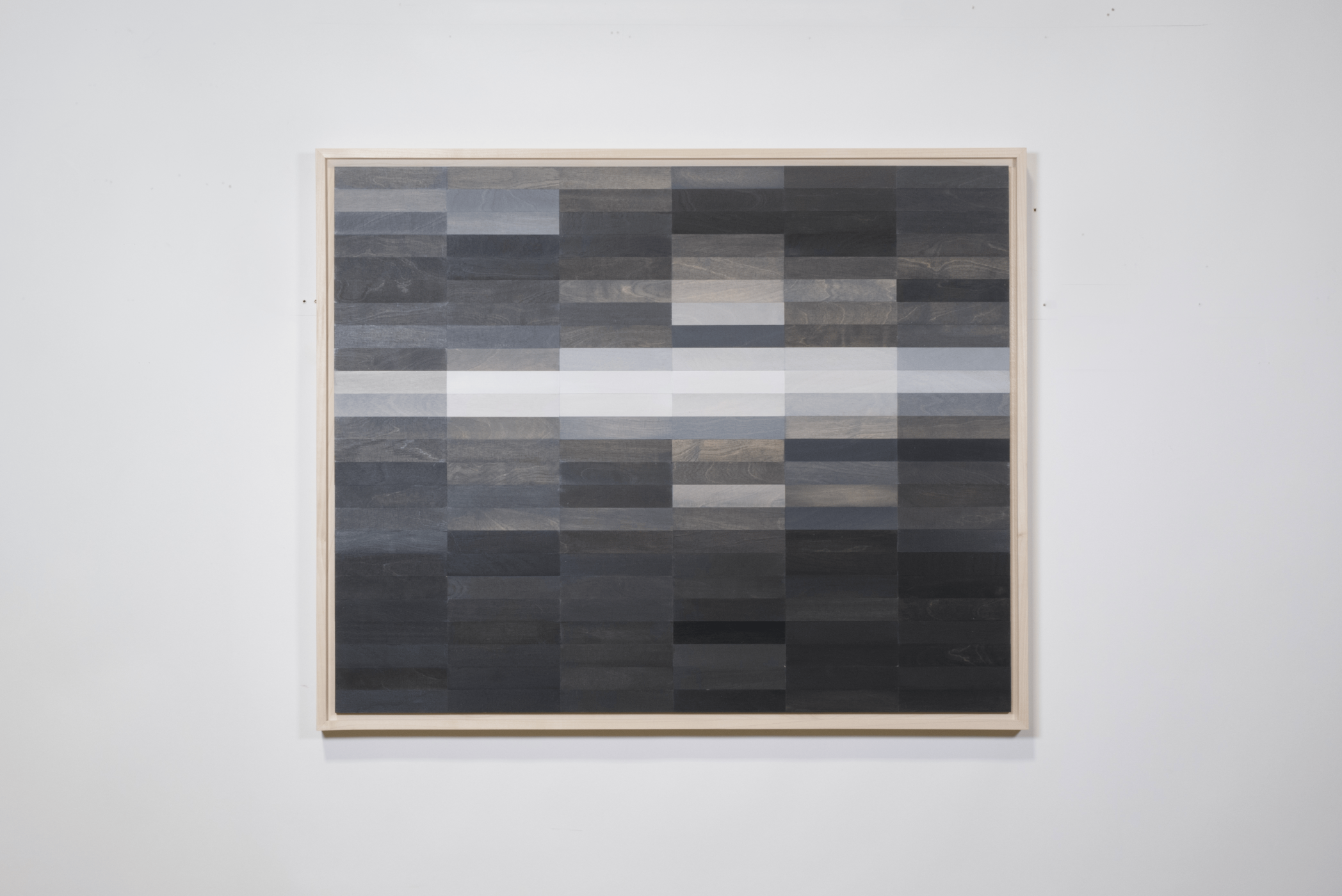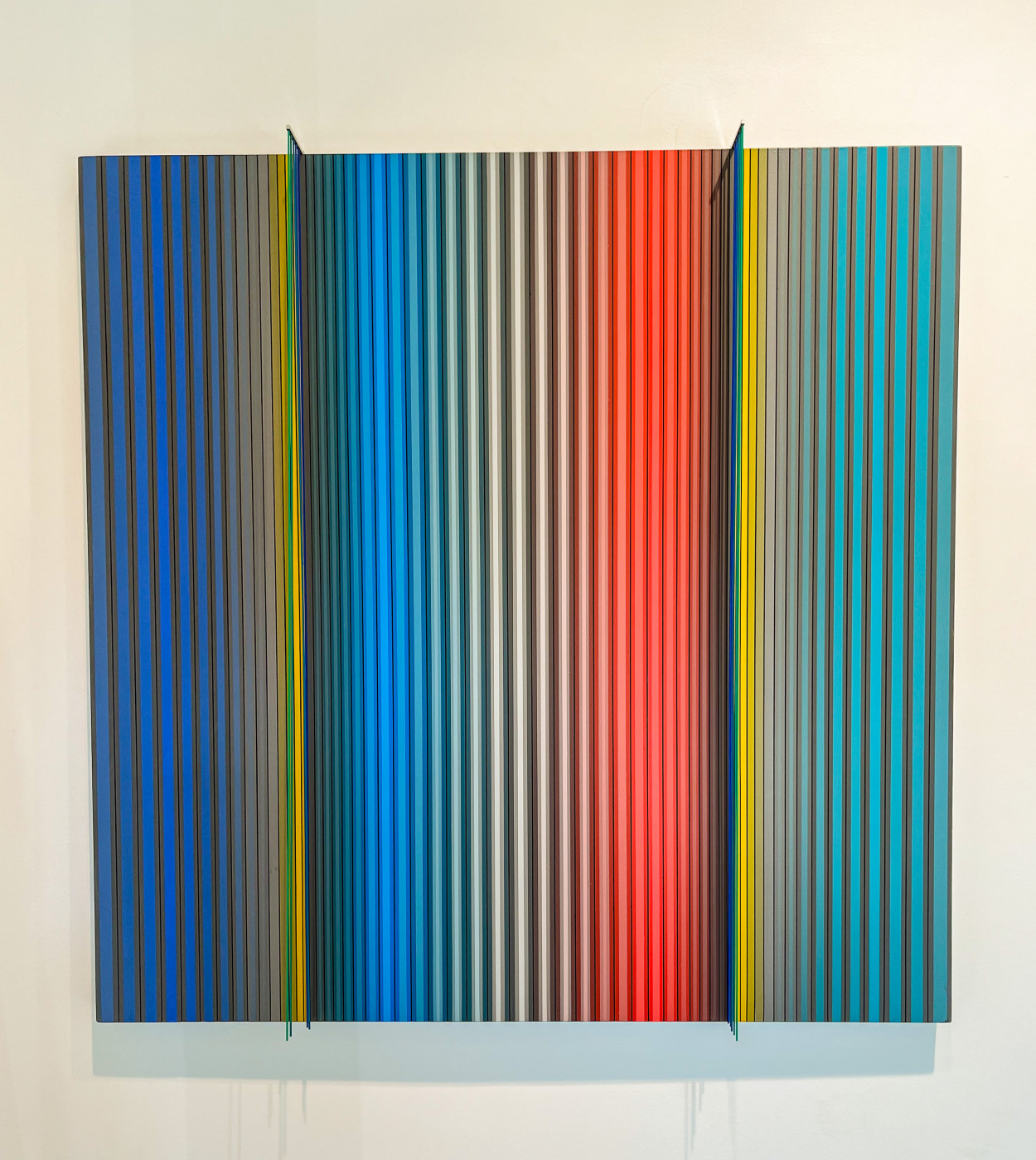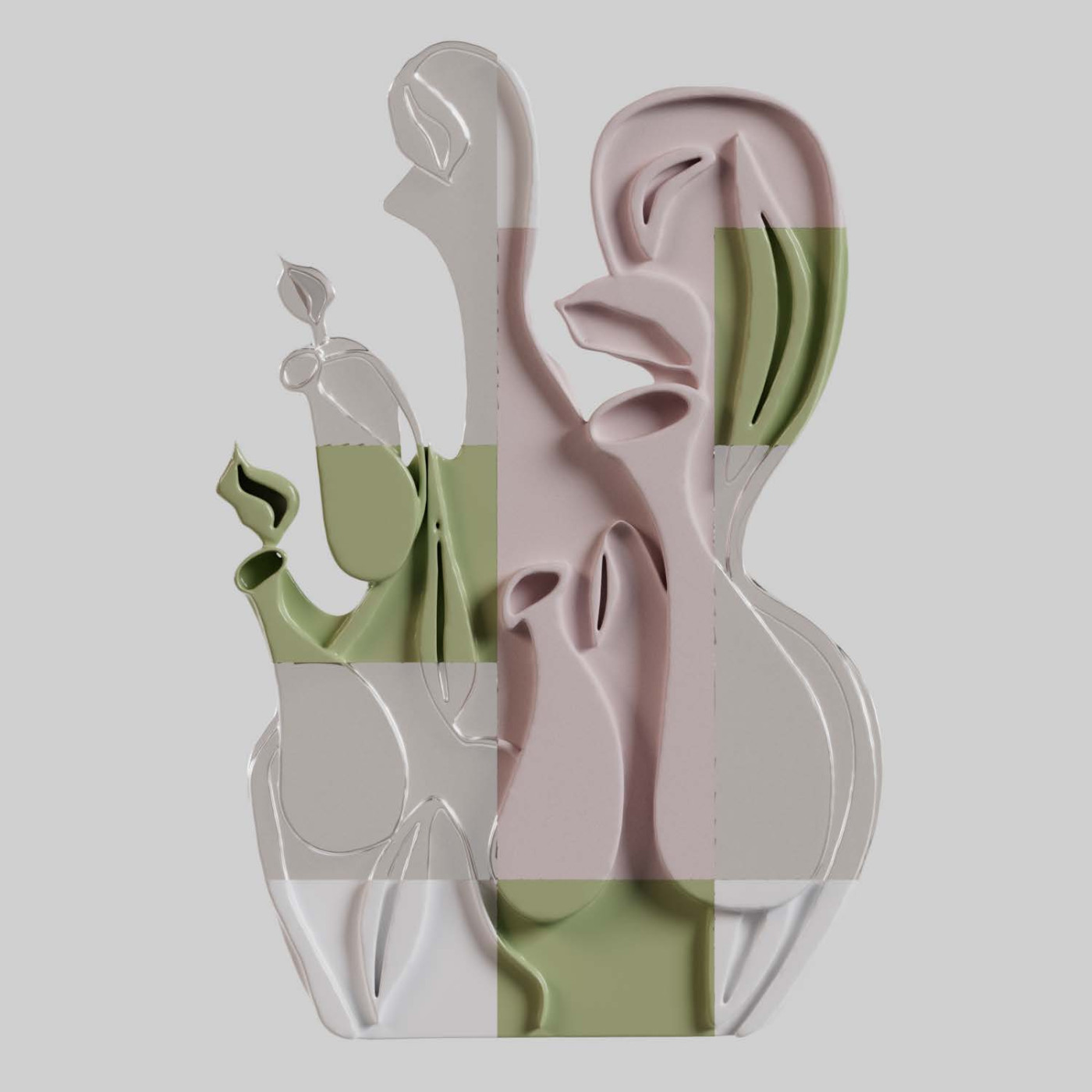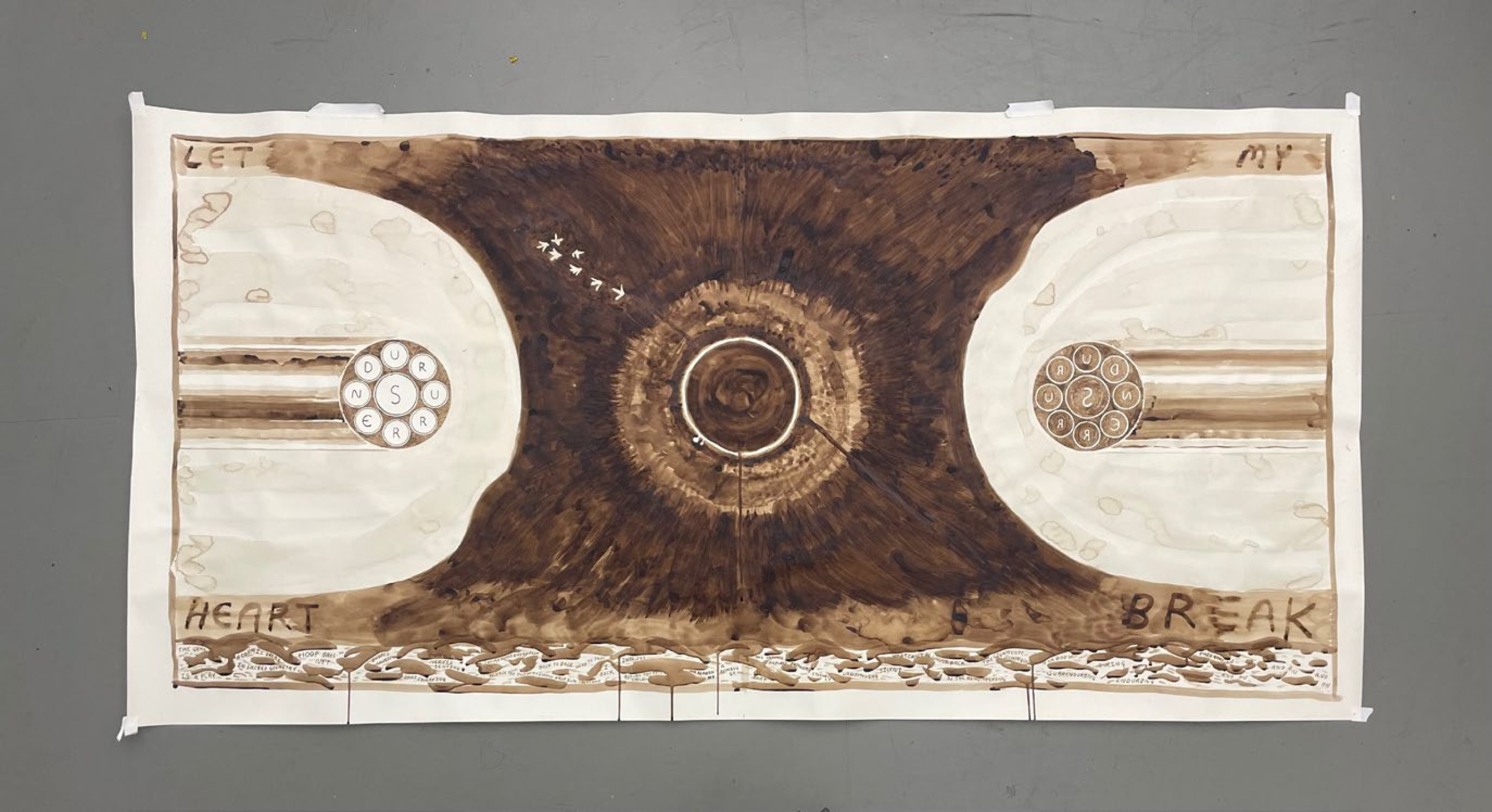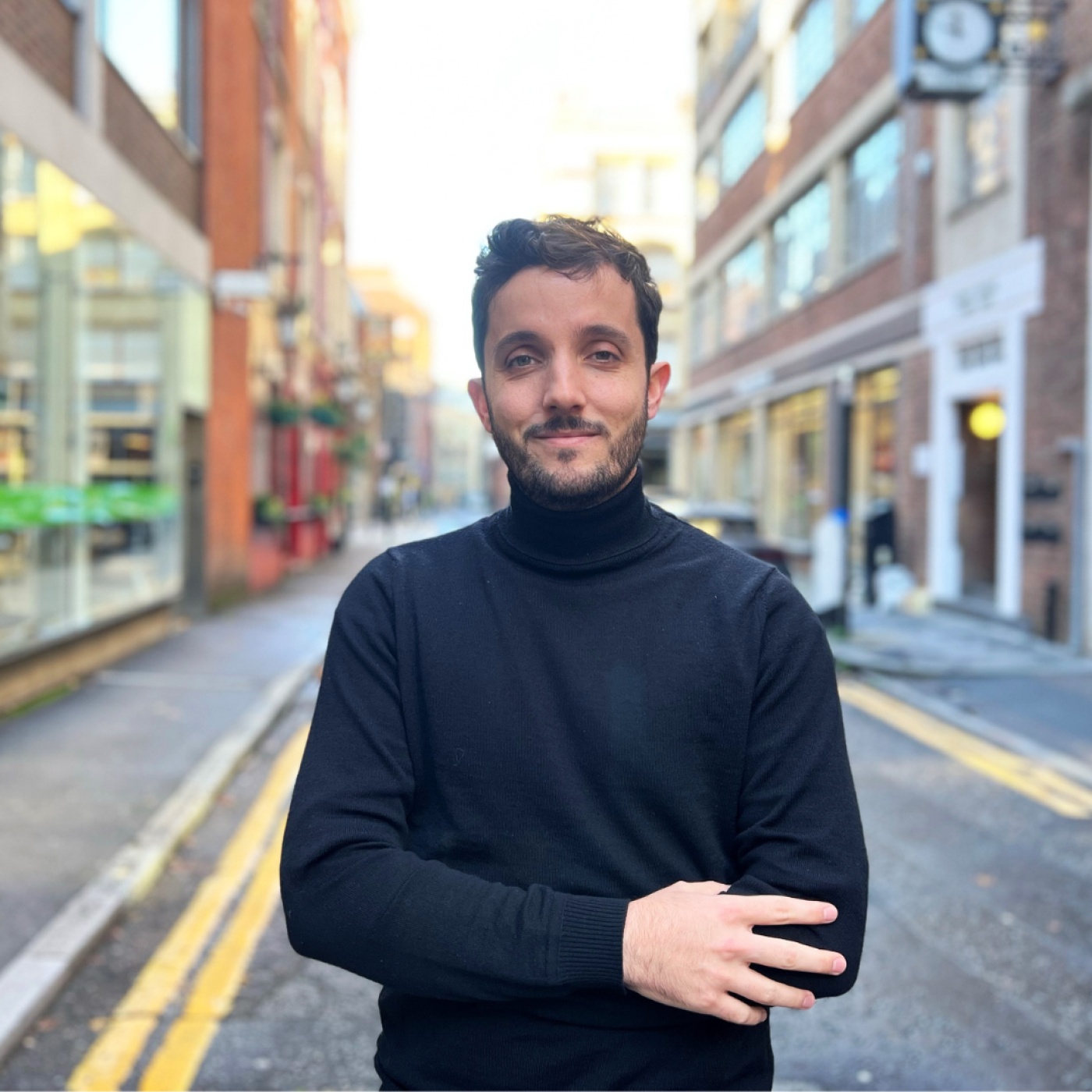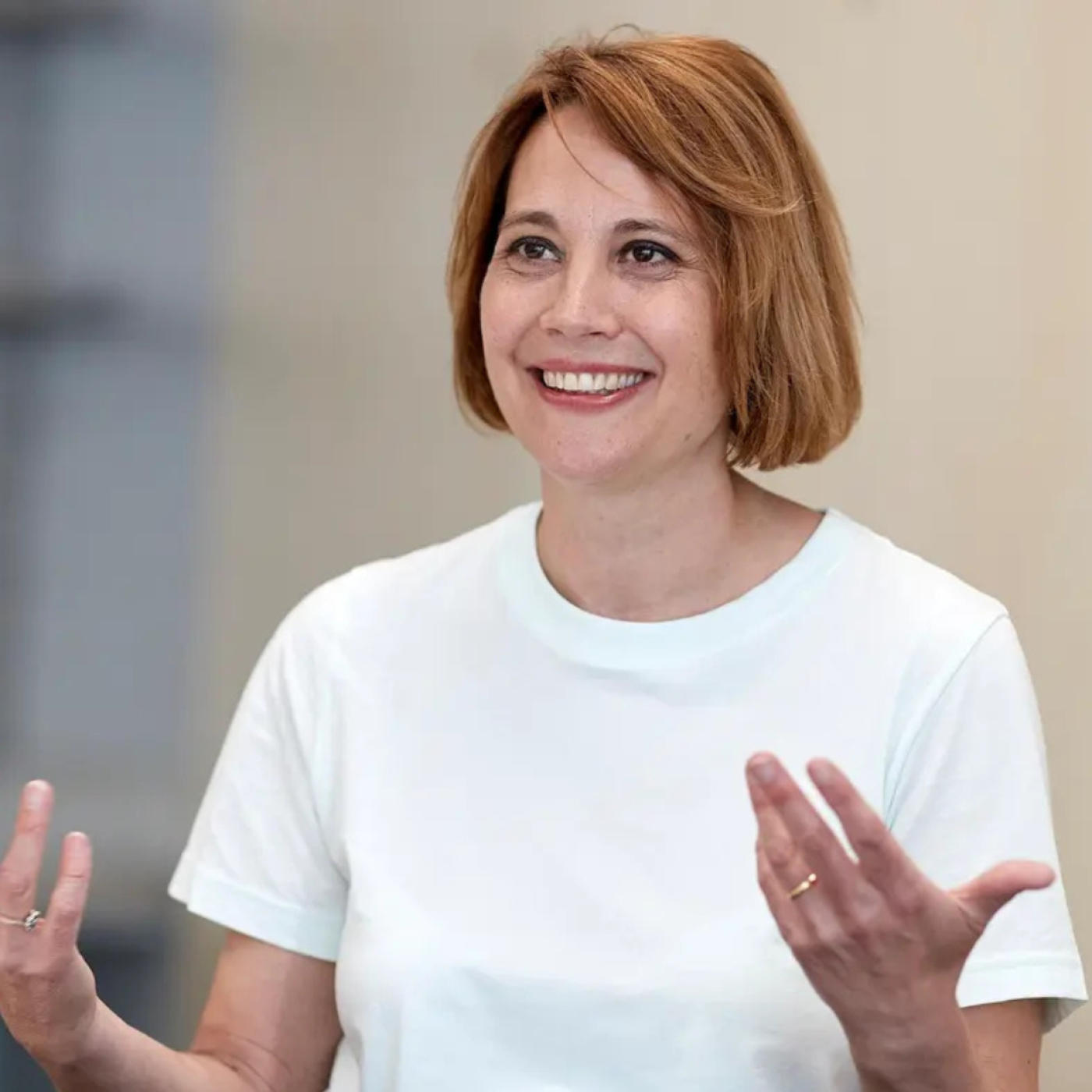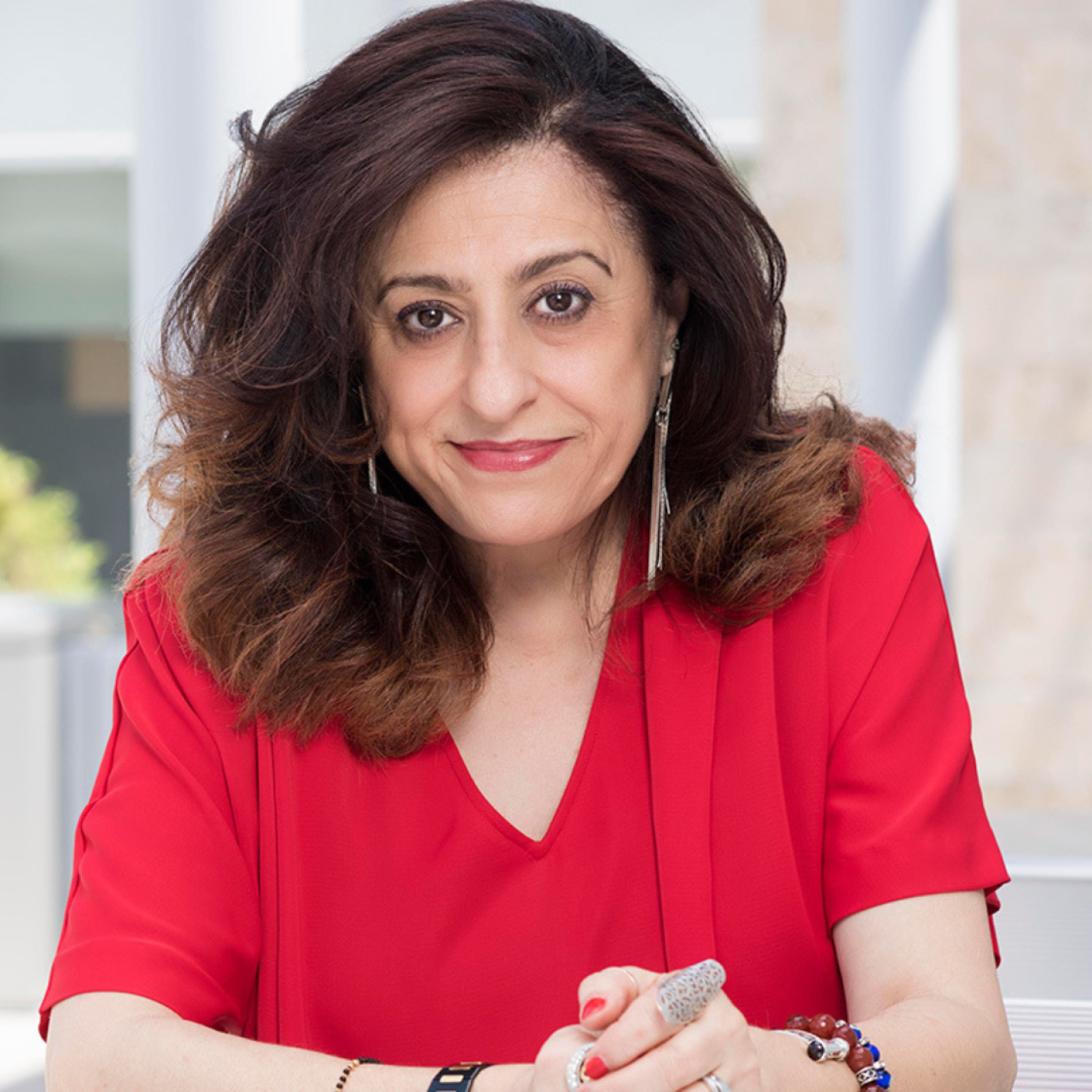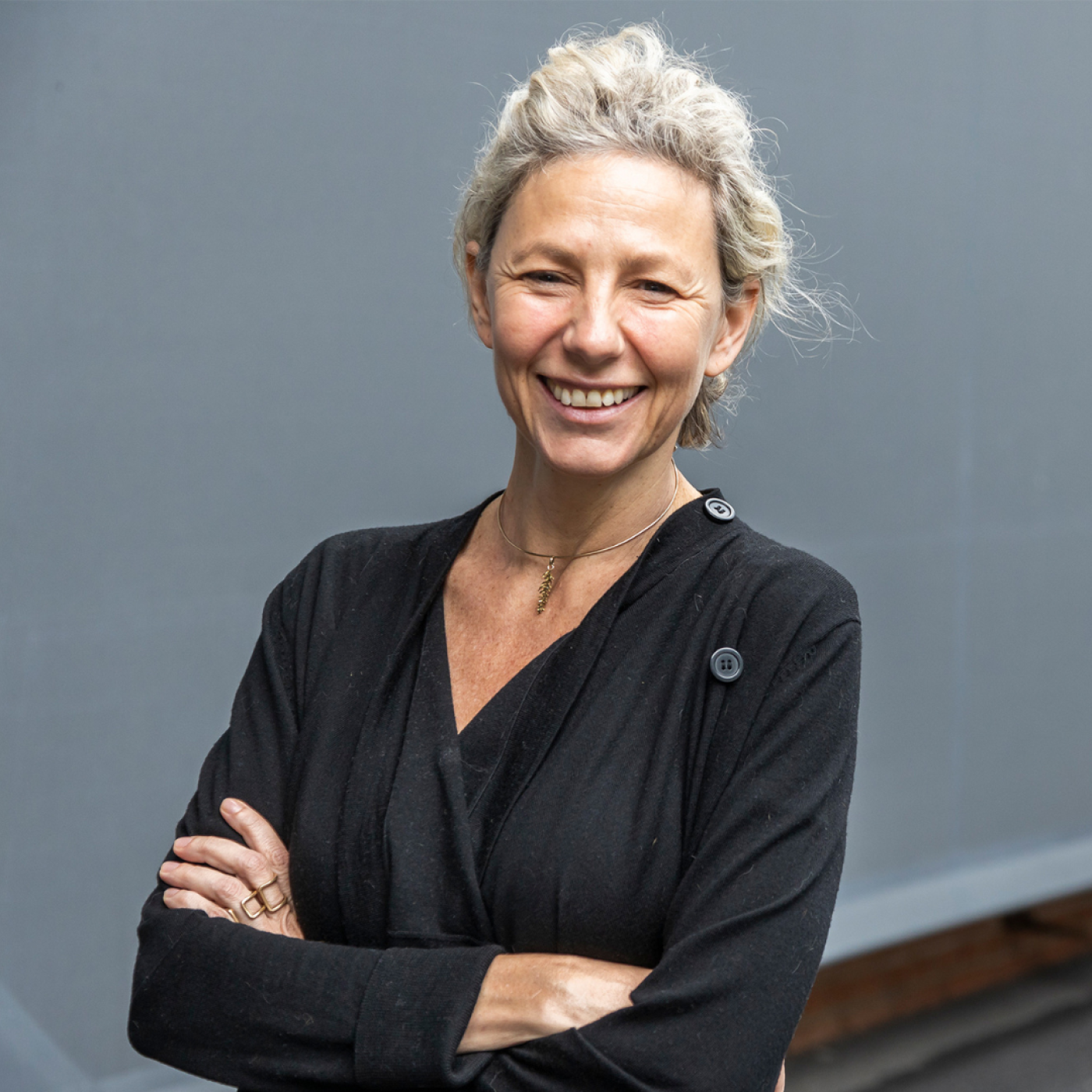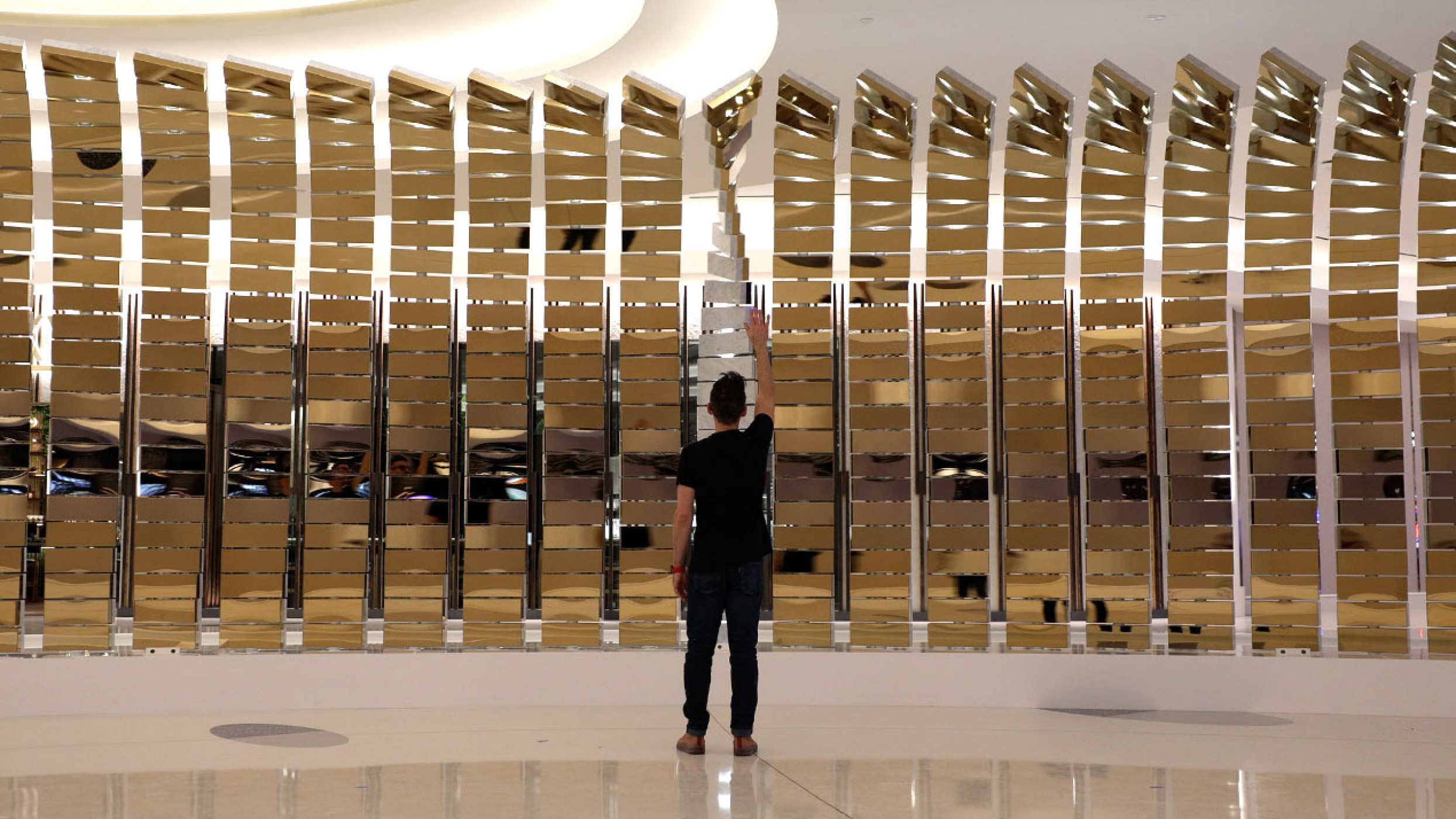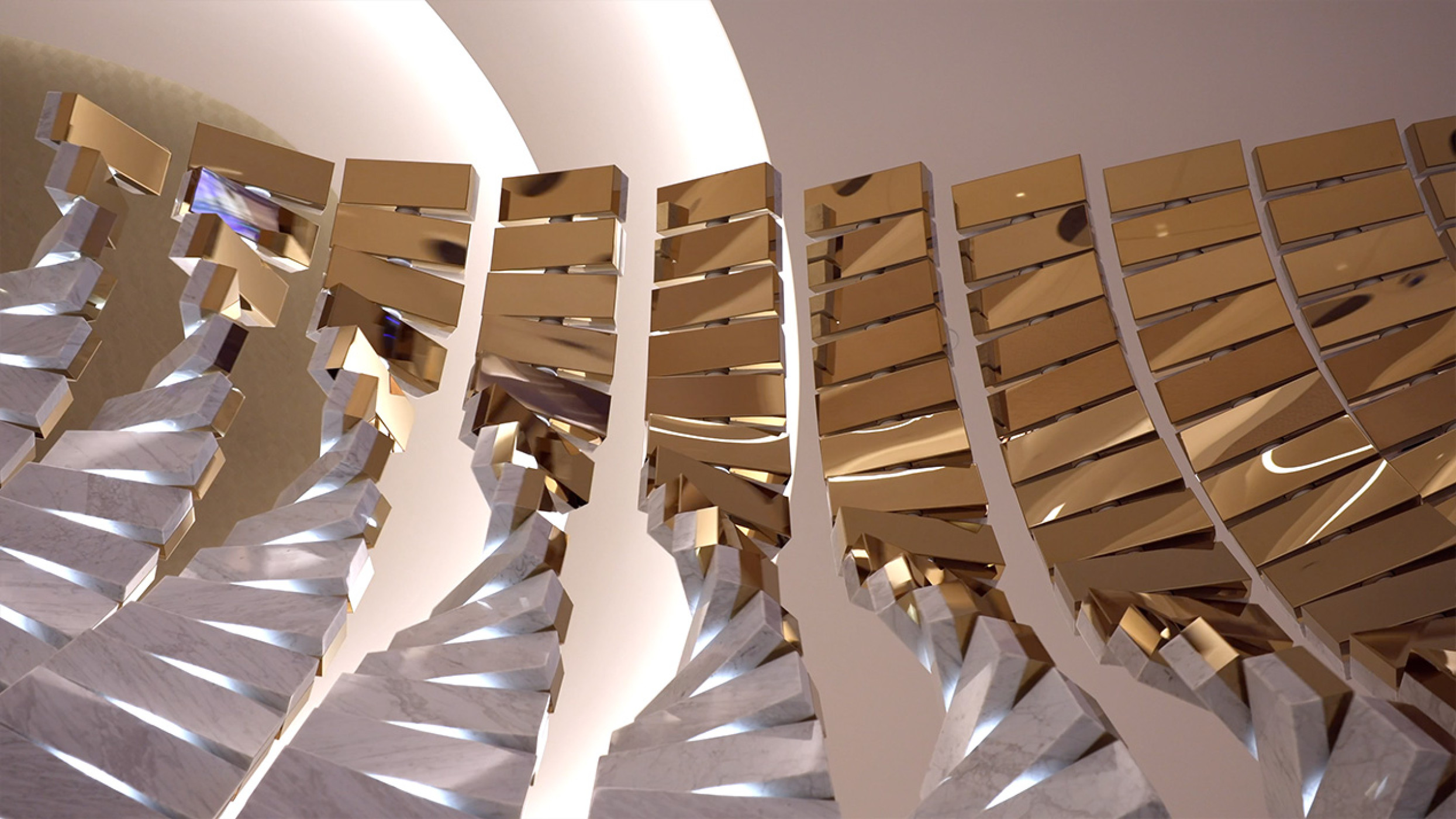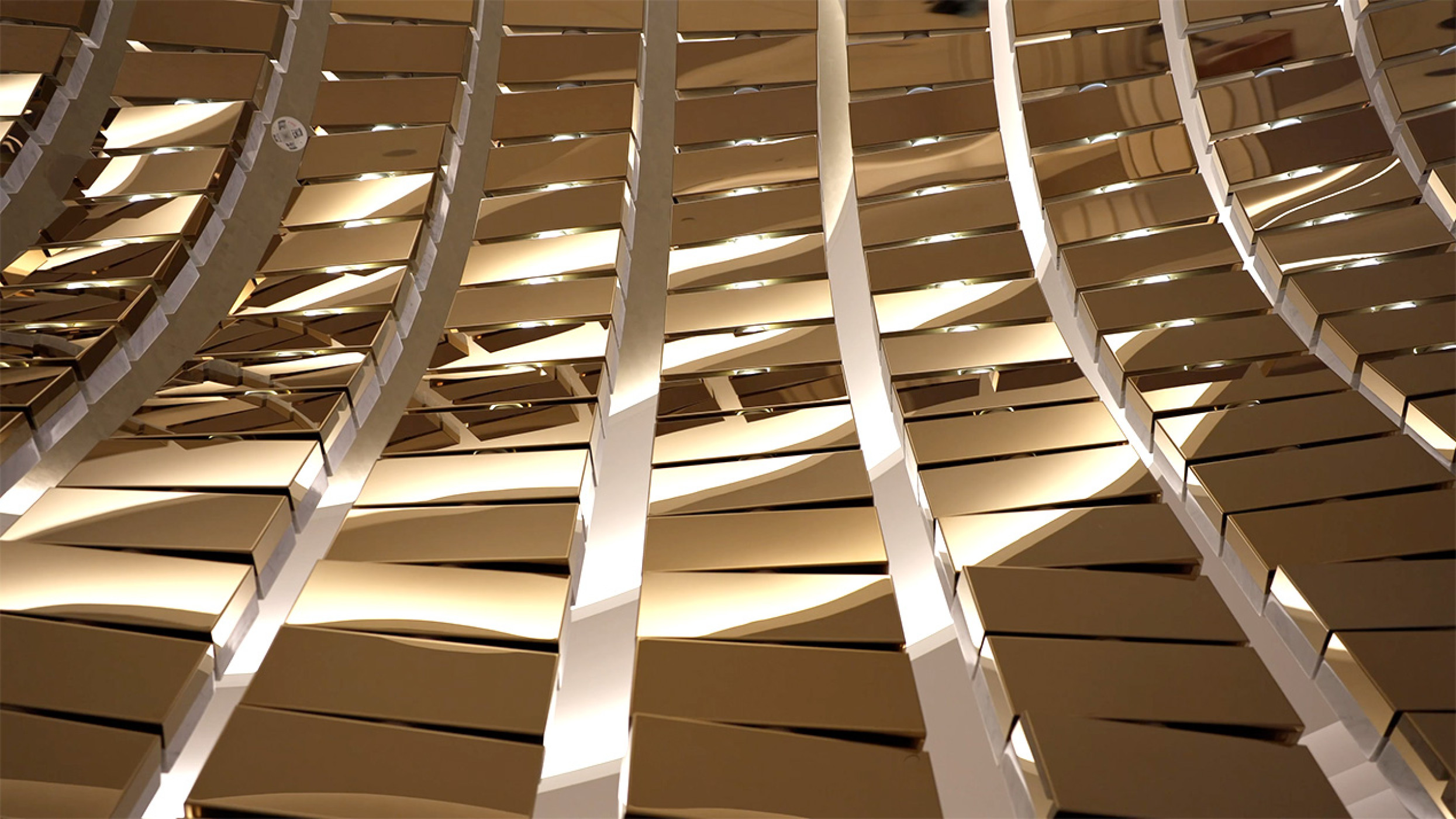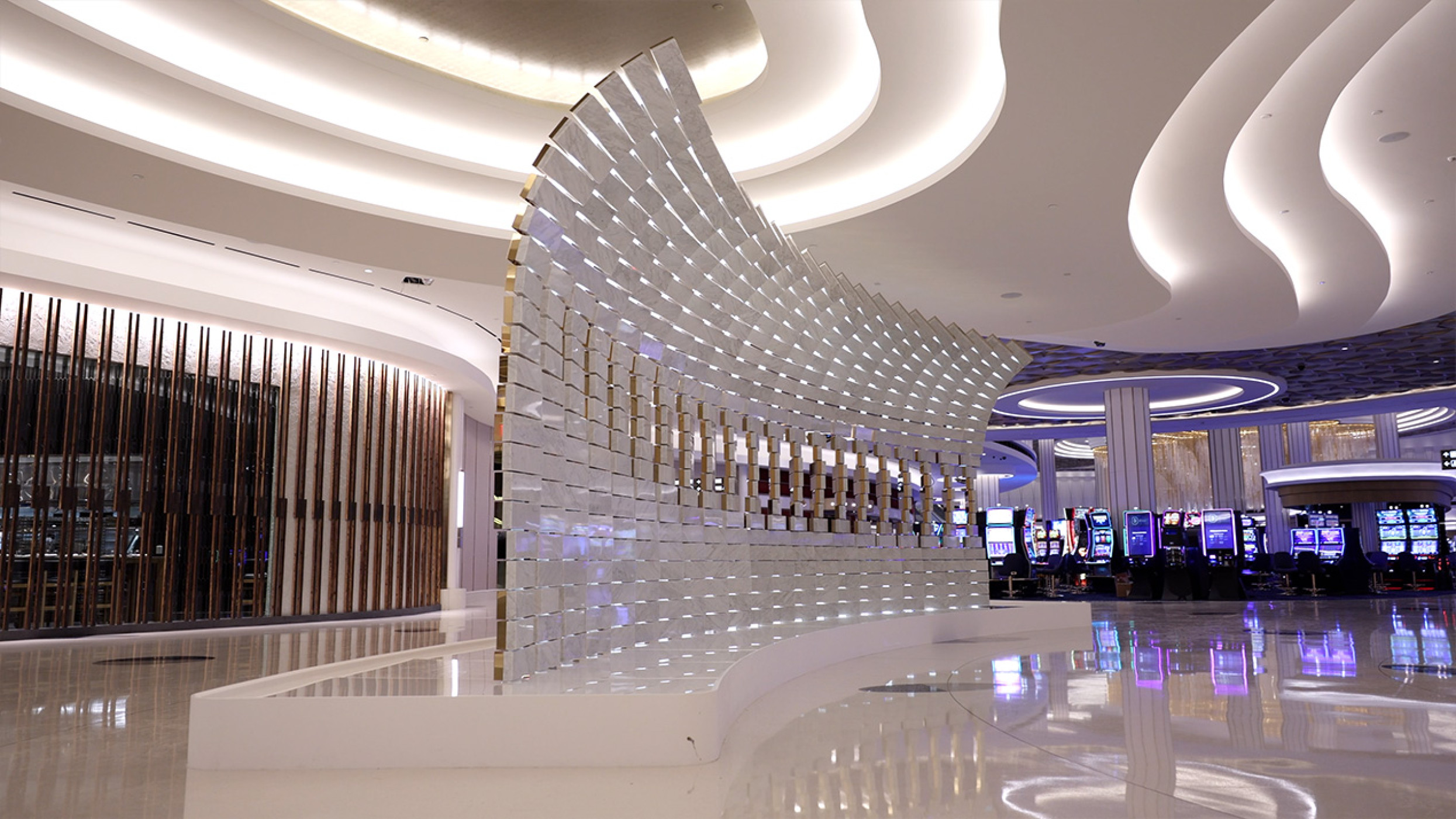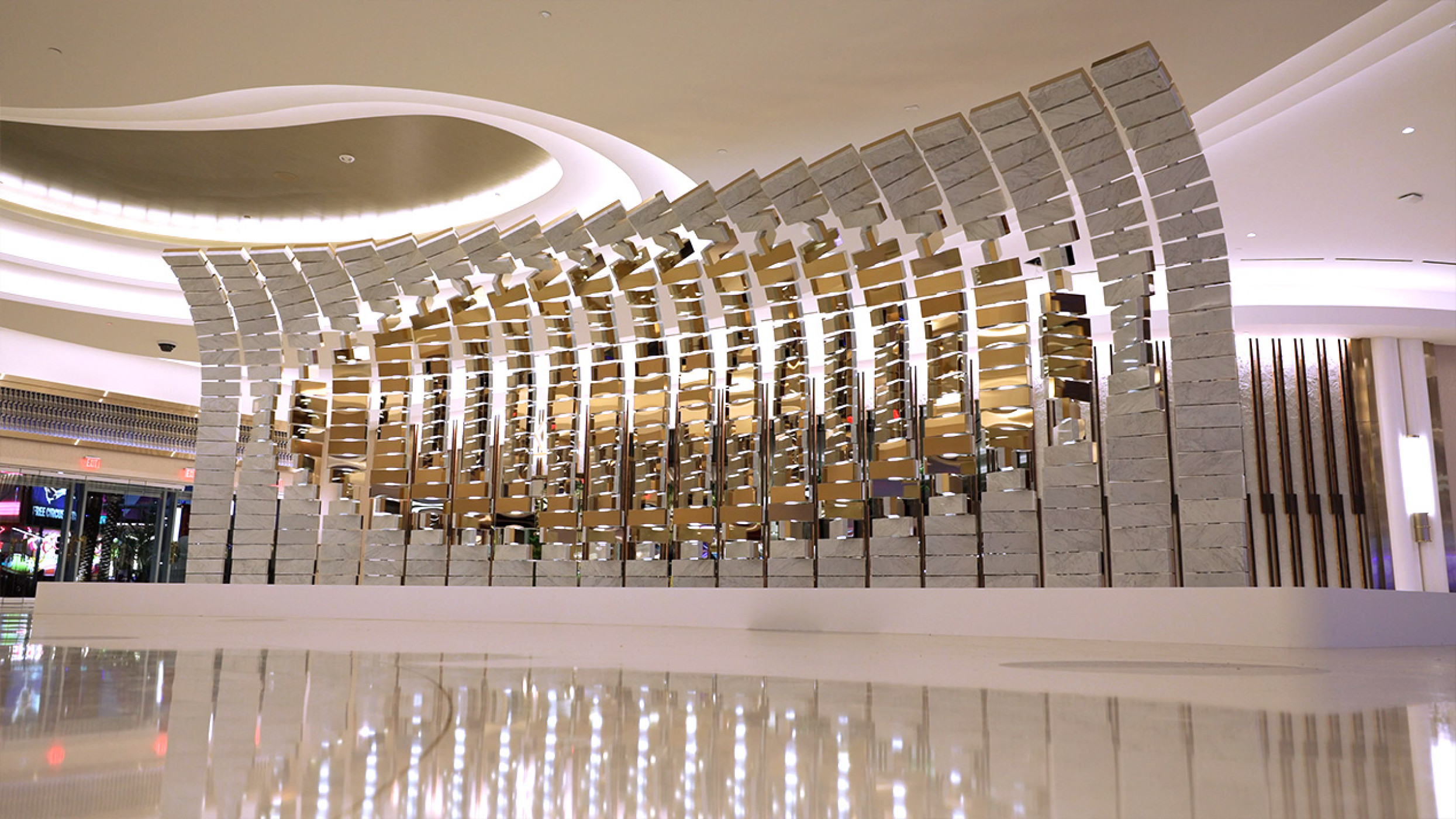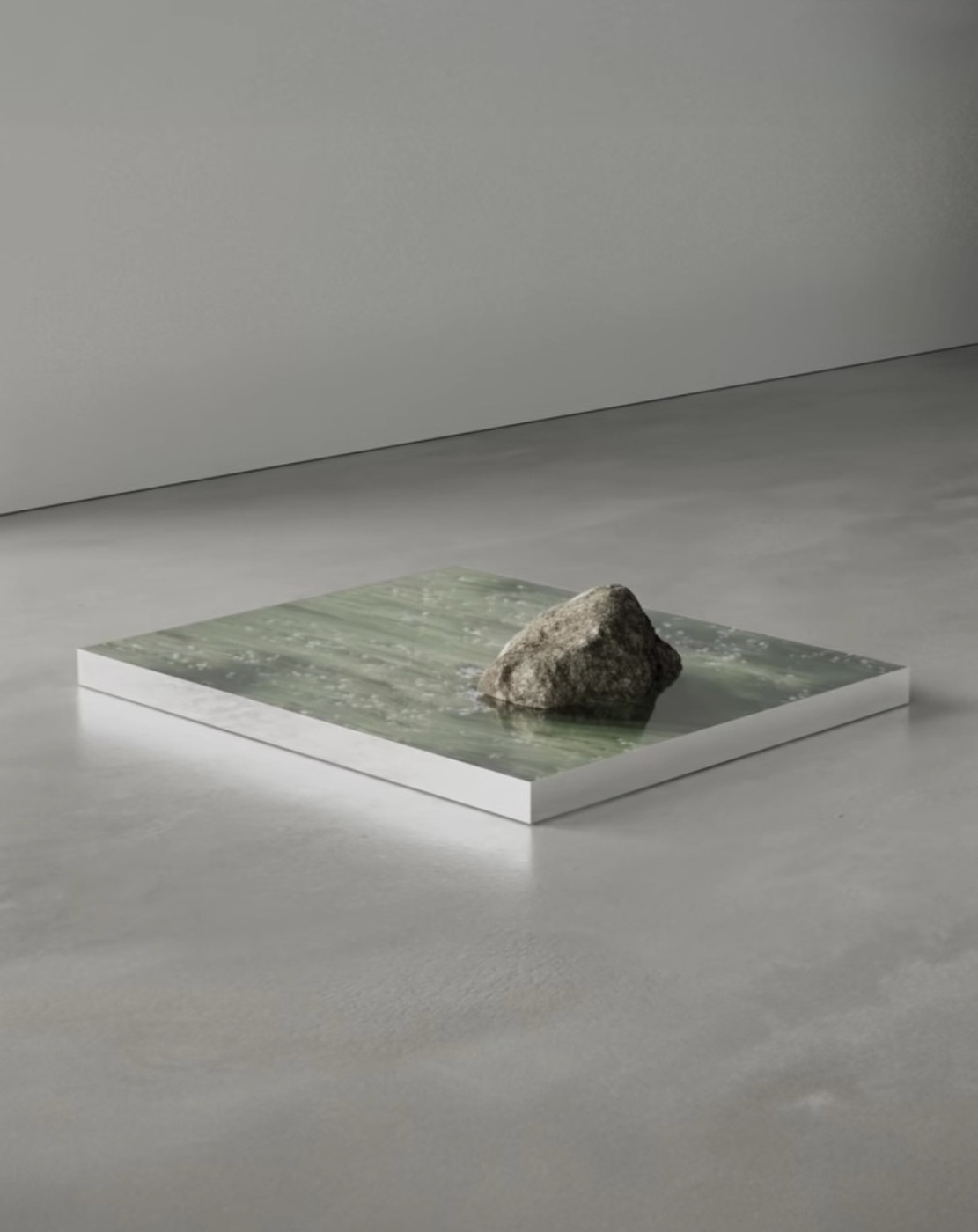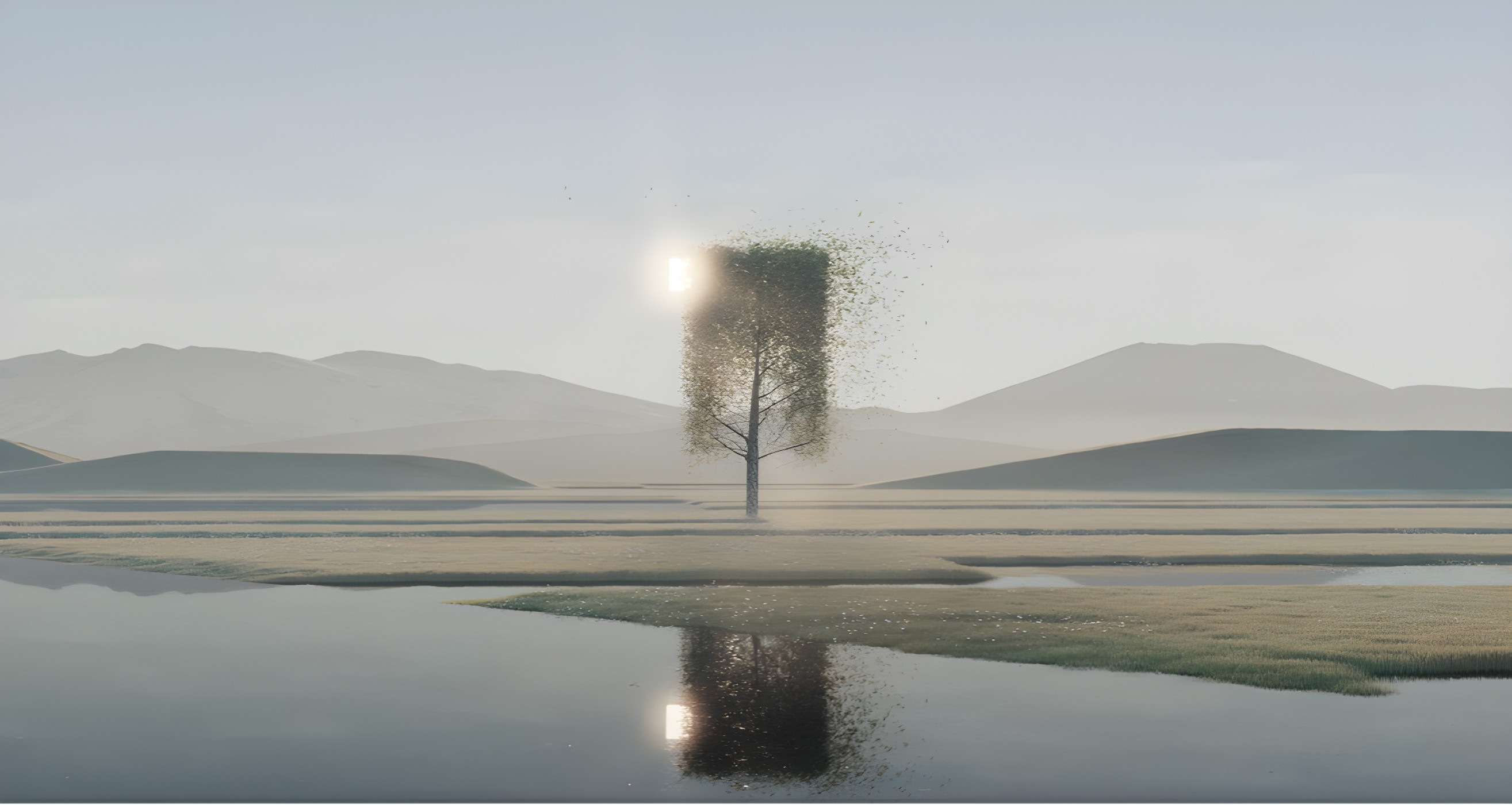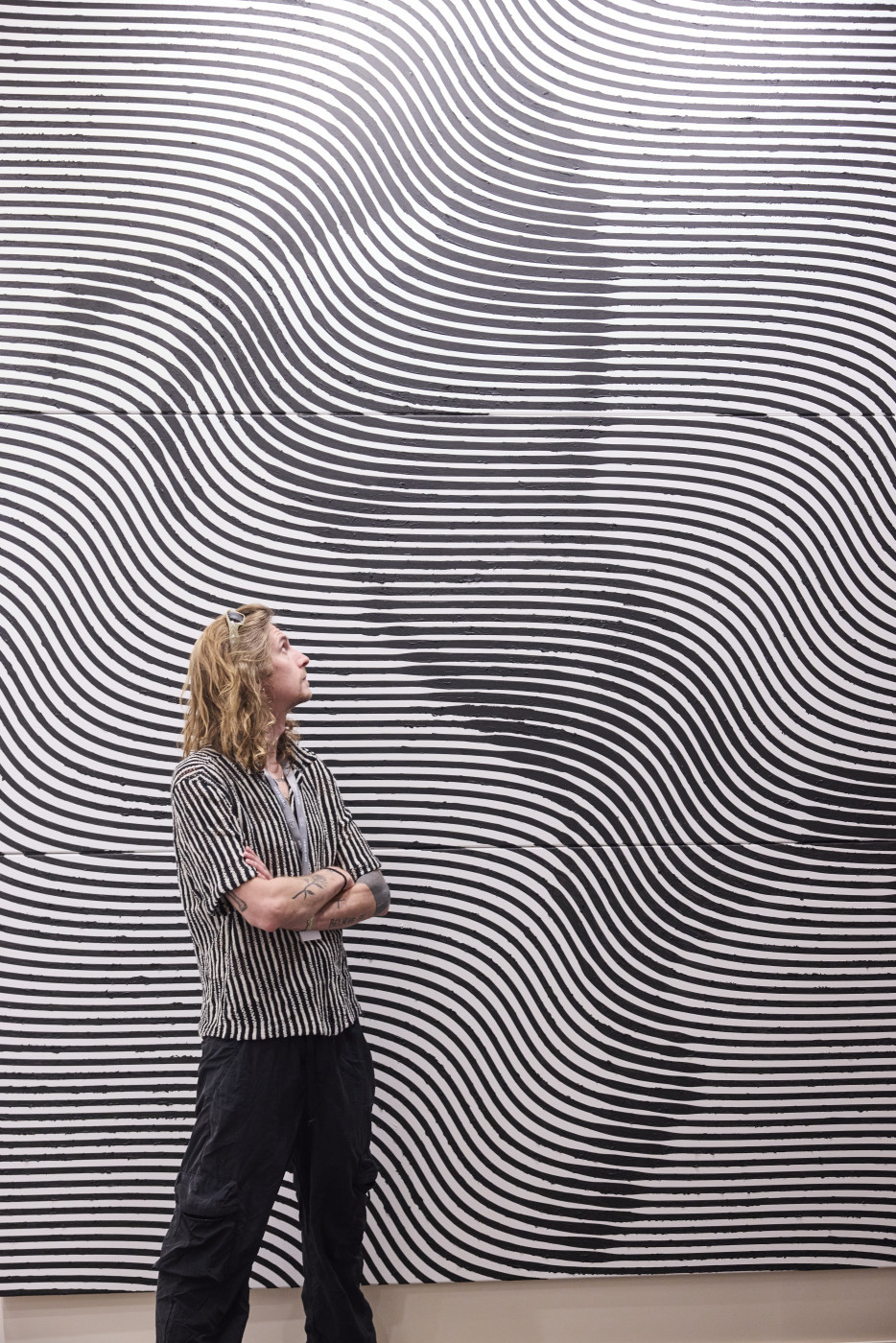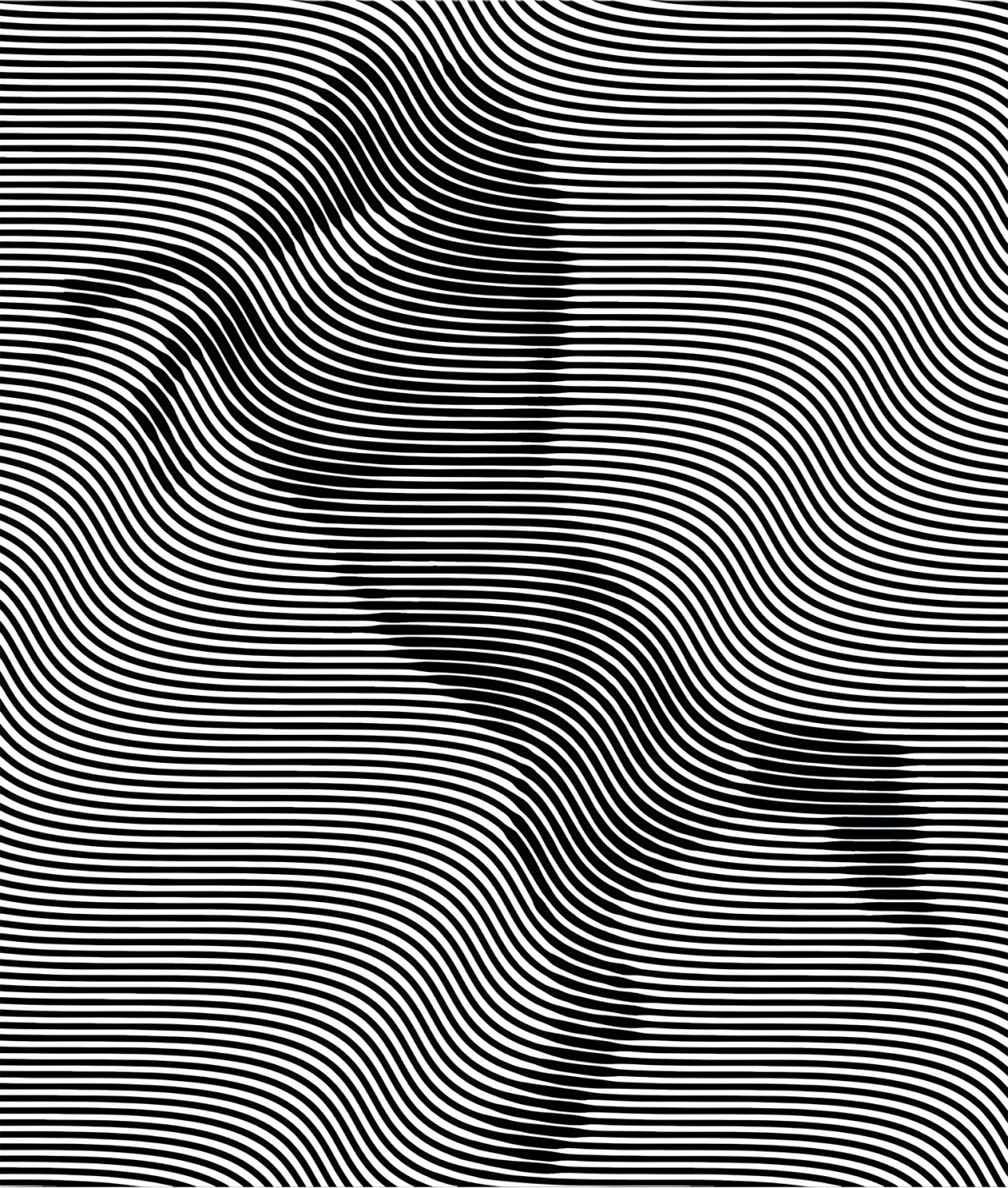
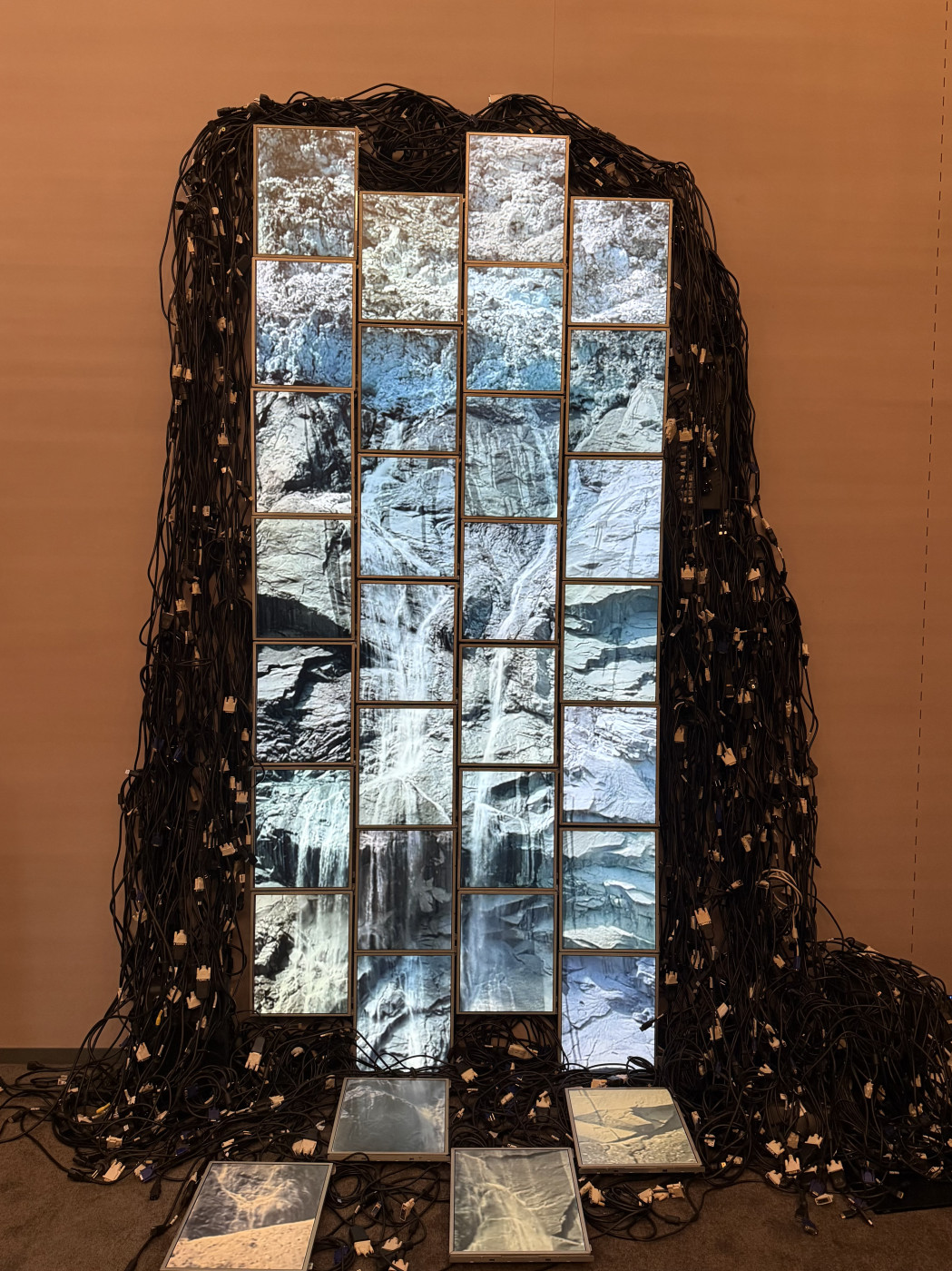
Art Dubai 2025: a Cross-Cultural Celebration of Creativity in the UAE
From brushstrokes to blockchains, Art Dubai 2025 offers a sweeping look at the future of art.
Now in its most ambitious edition to date, the Middle East’s leading international art fair returned to Madinat Jumeirah from 18–20 April, showcasing over 120 galleries from 65 cities across five continents. Since its inception in 2007, Art Dubai has evolved into a vital commercial platform and creative catalyst, particularly for artists and regions that have traditionally been underrepresented on the global stage.
“Art Dubai’s programme continues to go from strength to strength,” stated Pablo del Val, Art Dubai’s Artistic Director. “This year’s line-up reflects the rapid maturing of the cultural scene in the Gulf region. We are proud to champion these voices and support a more diverse and global art world.”
The 2025 edition was divided into four major gallery sections — Contemporary, Modern, Digital, and Bawwaba — each curated to foster dialogue between global art histories and forward-looking innovation.
Art Dubai Contemporary, the main section, featured over 70 galleries with a strong emphasis on contemporary art from the Global South. Art Dubai Digital, now in its fourth edition and curated by Gonzalo Herrero Delicado, pushed boundaries through AI, VR, and immersive media. Titled After the Technological Sublime, the section delved into the post-digital condition and included panels and talks by international thought leaders on the intersection of art and technology.
Art Dubai Modern, curated by Magalí Arriola and Nada Shabout, spotlighted modernist artists from West Asia, North Africa, and Latin America, placing their work in critical dialogue with global art histories.
Finally, Bawwaba — curated by Mirjam Varadinis — showcased artists from the Global South whose practices explore contemporary notions of migration, belonging, and evolving community identities.
So, who stood out this year? Digital and kinetic artist BREAKFAST (Andrew Zolty) made an unforgettable first impression with Carbon Wake, a mesmerising sculpture powered by real-time climate data. Blending engineering, coding, and a deep sensitivity to nature, Zolty transforms global data into living, breathing visual poetry.
Equally captivating was Six N. Five, the creative project led by Ezequiel Pini. Known for its dreamlike 3D worlds that blur the lines between fine art and digital design, the studio has collaborated with renowned brands and artists, even crafting the wallpapers for Microsoft Windows 11 and Surface.
Other highlights included Italian artist Andrea Crespi, whose work AIDA infused the fair with vibrant kinetic energy. Using LED lights to create optical illusions and evoke shifting emotional states, Crespi explores themes of digital identity, beauty, and transformation through a distinct visual language.
Genesis Kai, the “chiral digital twin” of artist Ming Shiu, also left a lasting impression. This AI-infused avatar is more than an artwork — it’s a poetic, ongoing performance that merges conceptual art, new media, and speculative identity in the digital age.
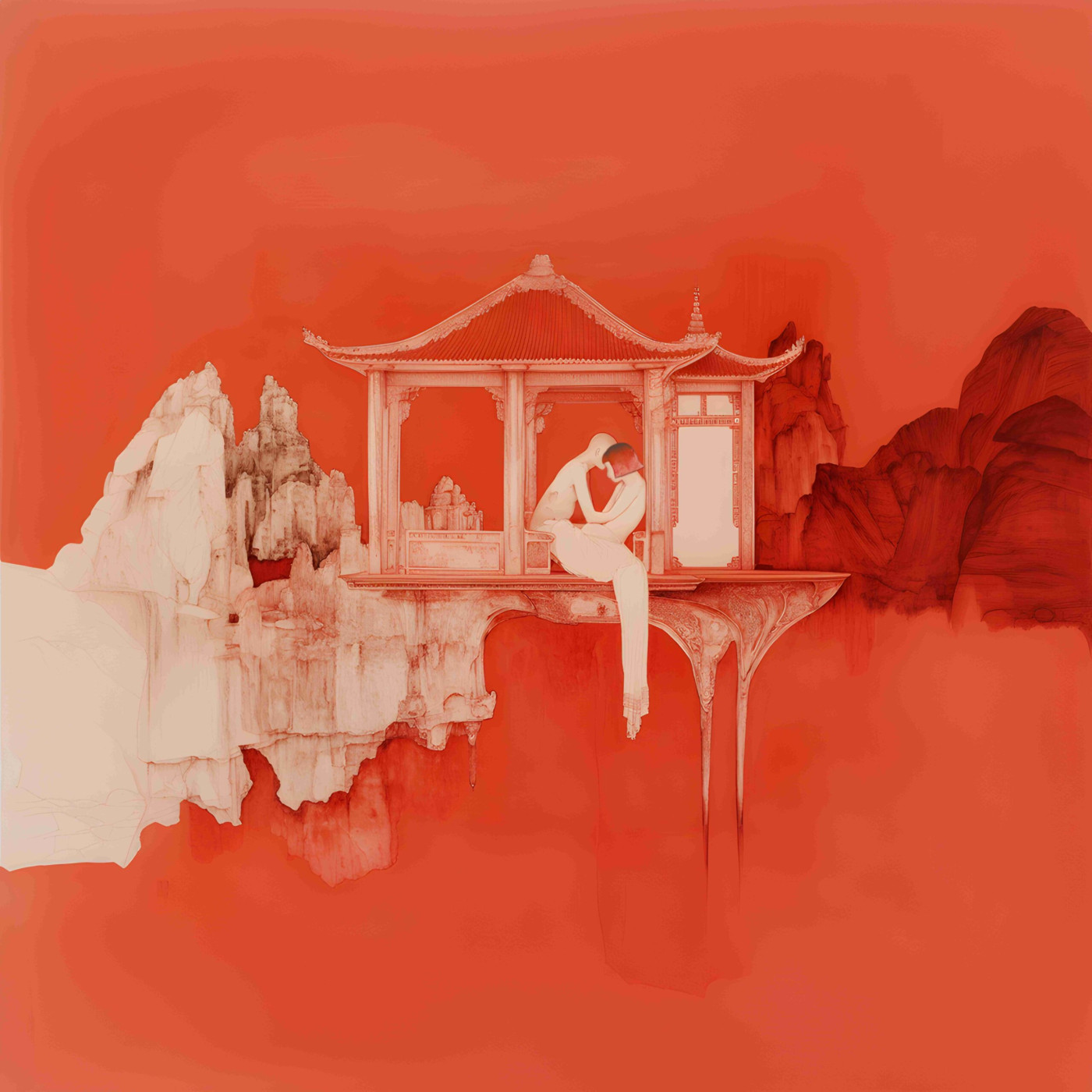
Finally, Tomás Saraceno offered ethereal, cloud-like sculptures that seemed to float through the space, merging natural forces with architectural wonder. Reflecting light and casting shifting shadows, his installations prompt viewers to reconsider the invisible systems — social, environmental, and energetic — that shape our world.
Backed by an impressive roster of high-profile partners, Art Dubai continues to affirm its status as one of the most dynamic fixtures on the global art calendar. Held under the patronage of His Highness Sheikh Mohammed bin Rashid Al Maktoum, this year’s edition was presented in partnership with A.R.M. Holding and HUNA. Dubai Culture & Arts Authority lent its support as strategic partner, while Piaget returned as the exclusive watch and jewellery partner, and Julius Baer served as the fair’s principal sponsor — a constellation of collaborators befitting an event of such cultural calibre.
Courtesy: Art Dubai
Text: Leilani Streshinsky


